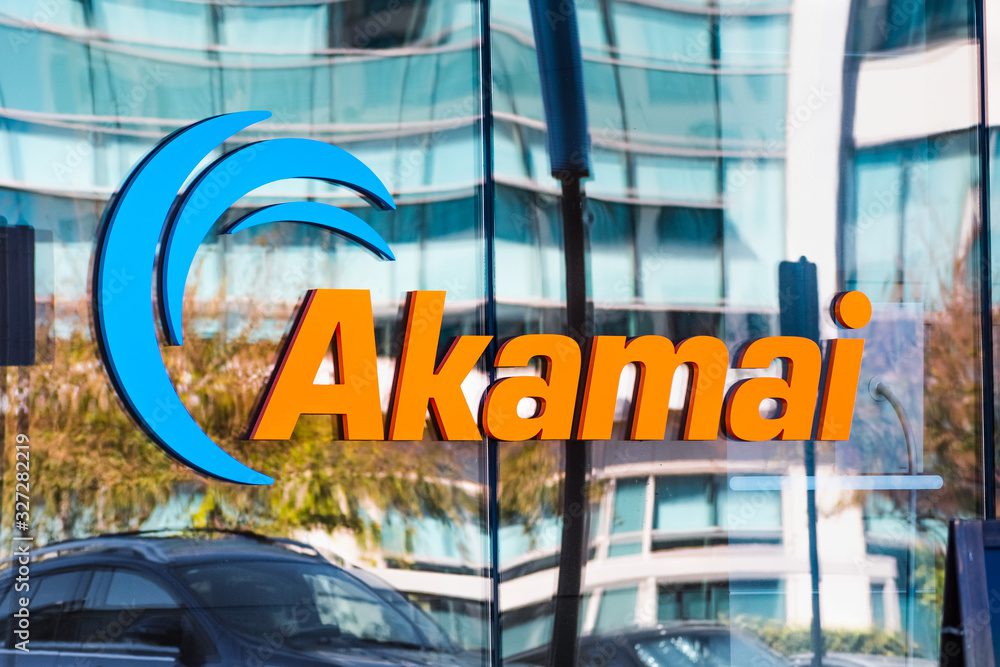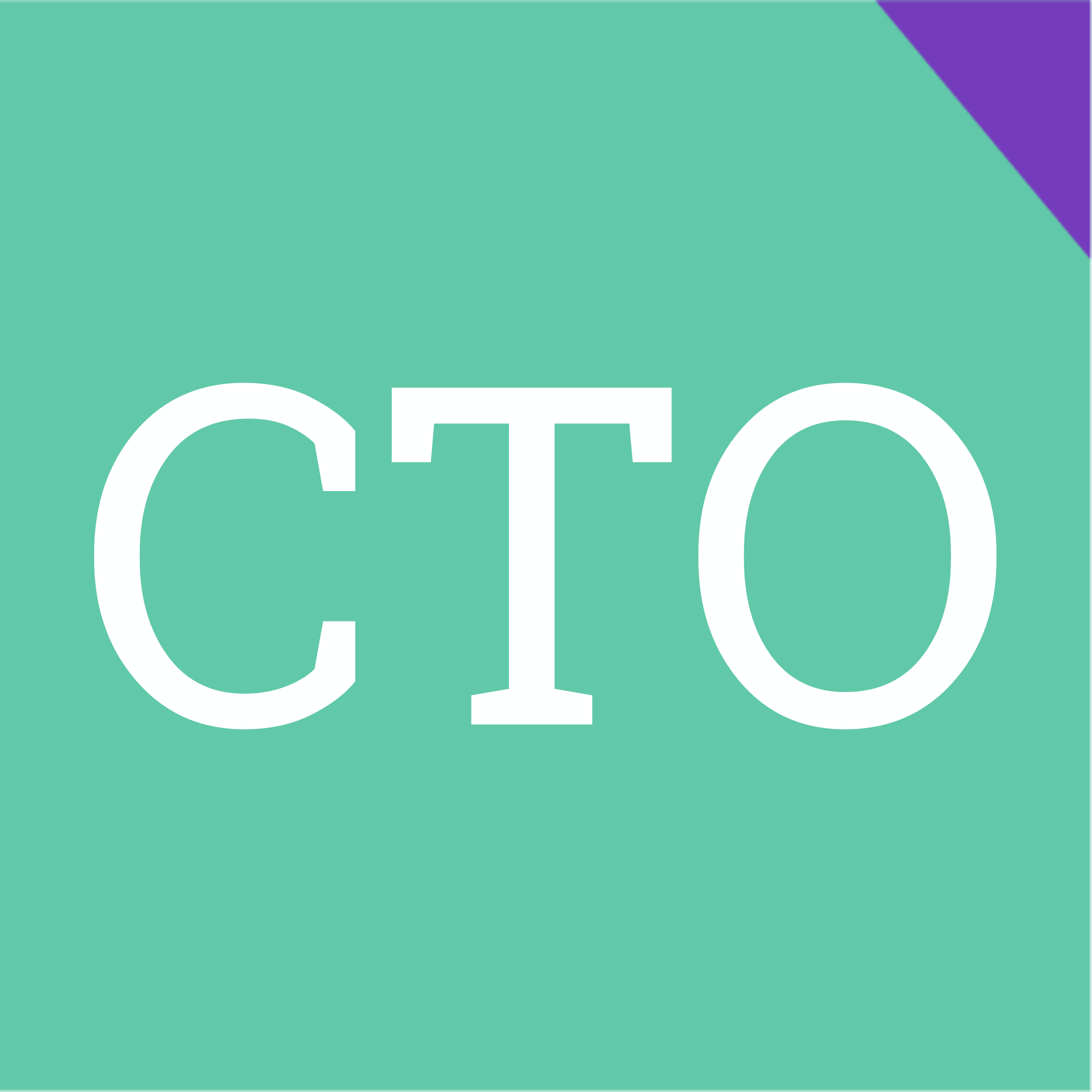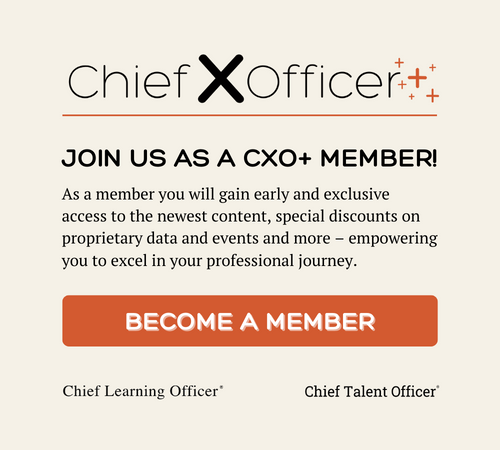
Akamai, a technology company that serves organizations and industries worldwide, tries to be on the cutting edge of the workforce. Their most recent step into the future of work has strengthened their culture, productivity and retention in the form of employee autonomy and flexibility.
FlexBase, Akamai’s global flexible work program, allows 95 percent of their almost 10,000 employees (from San Mateo to Zurich to Bengaluru) to choose where they work – in the office, at home, or hybrid – whatever works best for them. Combined with an integrated system of change management support (and a partnership with MindGym), Akamai is preparing itself for the future of work.
Return to (Flex)Base
Akamai gave employees the flexibility to choose where they work most productively. From a change management perspective, FlexBase massively shook things up. The office was where “a lot of our message is heard,” says Michelle Bartlett, director of change management at Akamai. “It was essential to be transparent that the move to FlexBase isn’t about wanting people to work from home to save on real estate expenses, but about giving people the choice to work where they feel most productive and comfortable.”
To ensure and support constant successful change, Akamai partnered with MindGym, a company that uses behavioral science-based approaches to help other organizations create and sustain organizational change. For a company of their size, “Akamai is pretty progressive in terms of change management,” says Jamie Maul, regional VP on the client team at MindGym. “They have two or three people dedicated to it, which is to say they’re an organization that’s gone through a lot of change. They’re a technology company, so they’re often pivoting how they work and how they’re structured.”
MindGym’s expertise with behavioral science and change management helped Akamai launch the Change Catalysts program, which allowed hundreds of Akamai’s internal employees to act as MindGym-trained central translators to ease disruption brought on by change across the company by incorporating FlexBase and beyond.
“For leaders, the science behind change management is the level of uncertainty people feel,” says Janet Ahn, president and chief behavioral scientist at MindGym. “If it’s highly uncertain in terms of how it immediately impacts them, they are more likely to be scared.” Ahn says transparent communication is essential with any type of change.
From a behavioral science perspective, a program such as FlexBase is important because to some, autonomy matters more than just production. “When people feel they’re being micromanaged, that’s where they feel like they lose agency — so having autonomy matters,” says Ahn. “Having that choice allows them to feel like the organization is empathetic to their needs. Anytime you have an organization that seems to really care about their employees, that’s a pretty strong signal of positive culture.”
In Akamai’s “Gateway” system to FlexBase, employees can schedule when they would like to come into the office so Akamai can design their office experience around when people are actually there.
“If I was the only one who came in on the 19th floor, that’s not really why I’m going into the office,” Bartlett says. “We created neighborhoods of workers that could align together, collaborate and be around the people that they do collaborate with most. And we needed the data to be able to do that.”
For talent leaders and managers who were always in the office, figuring out how to ensure their employees are staying focused and getting their work done required training focused on trusting and having better conversations with their employees. MindGym helped create nudges to have those conversations and create connections virtually, Bartlett says, but most of the actual change management work is done by internal employees themselves — as change catalysts.
Catalyzing change
Change catalysts were determined by a self-selection process, with around 300 people currently signed up. MindGym set up a kickoff session focused on understanding behaviors and having conversations on change. MindGym worked with Akamai change catalysts “directly on the why and what they’re championing on,” says Ahn. They held a “Building Belief” training for catalysts to fully understand the changes before embracing and supporting them.

“MindGym was a natural partner as we thought about how to equip our change catalysts with the right skills and competencies to successfully support all of Akamai as we build out FlexBase,” Bartlett says. MindGym’s research shows that transparency and building belief increase job satisfaction and reduce turnover.
After the first two sessions, MindGym developed toolkits and interactive PDFs to support change catalysts and digital nudges to foster community. Nudges were reworked with Akamai and channeled to stimulate conversations and even practice difficult conversations. “MindGym’s materials really helped support some of the foundational things we were doing with our change catalysts,” Bartlett says.
Beyond FlexBase, Akamai’s internal change catalysts now act as a change network of support across countless projects. For example, in a productivity experiment by the change management team, change catalysts showed their peers how to use different tools, such as an interactive slideshow. Change catalysts first learn and understand the new tools and concepts and then support colleagues learning them across the company. “Everything we did, we started with our change catalysts and then reinforced it with the rest of the company,” Bartlett says.
Traditionally, the change management team at Akamai would stick to their motto of communicating early and often, but for this productivity experiment they instead went entirely through their new change catalysts to see how extensive their reach was before they announced the change to the whole company. The result? “3,000 active participants within the first quarter that we announced it, just to change catalysts. Which is 30 percent of employees,” Bartlett says. “It was pretty incredible.”
Change catalysts help Akamai’s talent leaders understand what they aren’t hearing or seeing. “They’re almost an extension of our employee resource groups,” says Khalil Smith, vice president of inclusion, diversity and engagement at Akamai.
Smith says the change catalysts serve as a connection point for those that feel more comfortable discussing feedback or expressing disconnection with a peer rather than someone in charge of the program. Employees like knowing they can have direct lines to people who can improve their experience, especially when things are new and changing, Smith added. For those at Akamai wanting to work in the office or hybrid, that can be as simple as letting a change catalyst know the coffee maker is broken or the office is disorganized.
“It’s almost like instead of going to your parents, you go to your other siblings,” Smith says. “This group has gotten training, education and guidance, they’ve been behind the curtain just a little bit more. They are a part of monthly calls where we’re talking about what will happen with FlexBase.”
Change and effect
Since the implementation of FlexBase, levels of inclusion and engagement at Akamai have remained high and even risen. They’ve recently added FlexBase-specific questions to their quarterly pulse surveys to see what employees are thinking about recent changes and the future of work. In many instances, satisfaction percentages around FlexBase are “even higher,” says Smith. “We are in the mid-90s of people saying ‘I feel like I can do my job remotely,’ ‘I feel like I’m supported remotely,’ ‘I can still connect with my teammates.’”
Further, Akamai continues to see an increased diversity of experiences throughout the organization. Since the introduction of FlexBase, Akamai has hired more women and people of color and increased geographic representation. “We’ve opened up so many other parts of the country and all over the world,” says Smith.
Smith himself loves Chapel Hill, North Carolina, where he and his family call home; he’s not interested in living elsewhere and commuting again. “When we think about those goals around inclusion, diversity and engagement, we really do look at things that move all three of those because it’s easier to move one of those, potentially sacrificing something else,” Smith adds. “But FlexBase is one that has really moved all three.”
Akamai has included remote, in-office and hybrid environments as “a new dimension of diversity,” Smith says. Akamai measures promotion rates among genders or different backgrounds along with other traditional data, but this shift to flexible work brings new variables to the equation. Proximity or distance bias will have to be measured in data to continue their commitment to equal opportunities for all employees, whether fully remote, in the office or hybrid to ensure all employees are treated (and promoted) fairly.
In the digital world, new change management challenges will arise. “How do we make sure that we’re being inclusive in our technology? How do you make sure everybody can hear one another and see one another and contribute and collaborate?” Smith asks. These are the new challenges that change catalysts can continue to help Akamai solve.
A flexible future
The next step for Akamai’s change management goals is to figure out the best way to support and evolve their office space. Launched in May, the program focuses on rethinking what is possible in the office, with sessions open to all employees. Change catalysts will play a crucial role in understanding what employees want from an office, whether that’s a space for collaboration, quiet work or otherwise.
Trained change catalysts “give [Akamai] a great perspective in building programs and support for our employees,” Bartlett says. “Providing two-way communication really helped us refine our messaging so that we were very clear about what programs meant, so that [employees] didn’t have any misconceptions.”
But without buy-in from senior leadership, none of this would have been possible. One thing Akamai has gotten right from the inception of FlexBase is having a CEO and leaders that ask people what they want and look at the data, Smith says. “Let’s follow what people tell us they’re interested in.”











